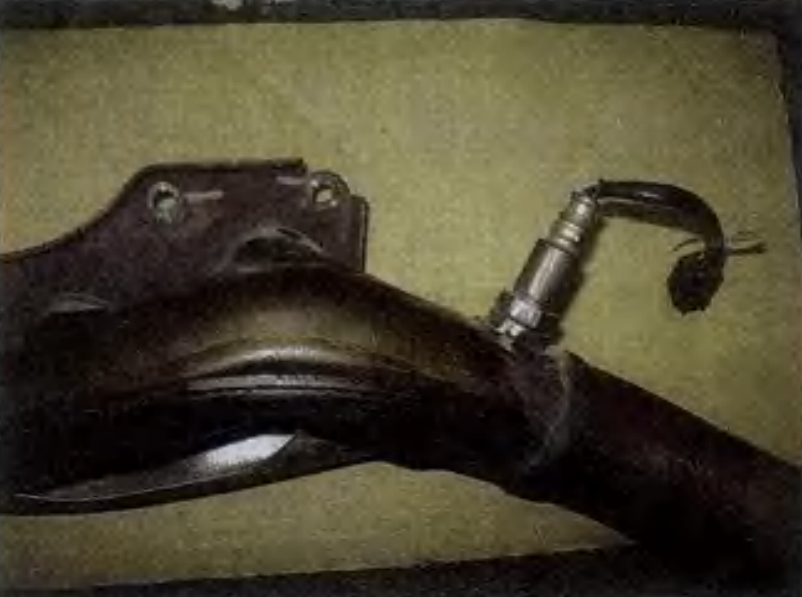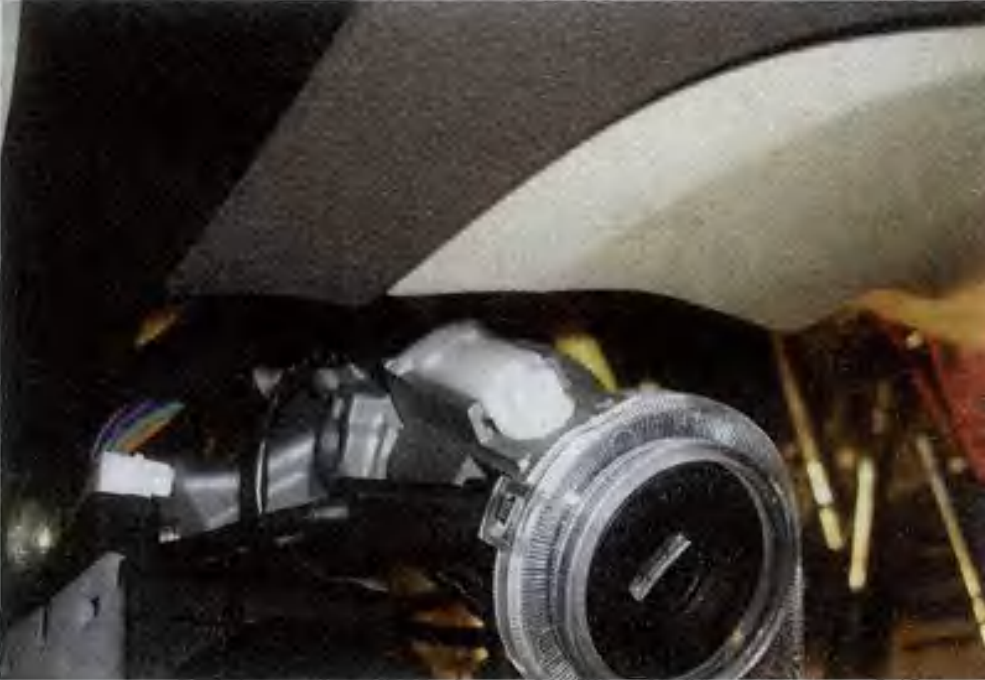Issue Overview: Multiple Warning Lights Illuminated
A 2008 Toyota Mark X 2.5L sedan came in with multiple warning lights illuminated: the engine check light, VSC warning light, and side-slip warning light. The customer reported that all these warnings appeared simultaneously. After the diagnostic tool was connected, a fault code “P0430—Catalyst System Efficiency Below Threshold (B2)” was found.
Initial Diagnostics: Analyzing the Exhaust System and Active Test
The exhaust system was checked, and no leaks were found. Using the diagnostic tool (IT-2), active tests on the air/fuel control system (A/F control) showed that the values of AFSB1S1, AFSB2S1, OSB1S2, and OSB2S2 were all normal. However, during the active test, a delay of about 10 seconds was observed in OSB1S2 values, while OSB2S2 values were responsive with a 2-second delay.
Comparing this data with a similar vehicle revealed that a 10-second delay in OSB1S2 was normal. The purpose of the O-SB2S2 sensor is to monitor the efficiency of the catalytic converter. If the values change too sensitively, it usually indicates a problem with the B2 bank’s catalytic converter efficiency, which aligns with the fault code P0430. Therefore, the failure was determined to be with the B2 bank’s catalytic converter.

Root Cause and Repair: Replacing the Catalytic Converter
Following the diagnosis, the B2 bank catalytic converter was replaced. Afterward, the fault was resolved, and the warning lights no longer illuminated.
Remote Control and BCM Malfunction Diagnosis
In addition to the warning lights, there were issues with the vehicle’s remote control system. The problem was related to the vehicle’s Body Control Module (BCM), which controls the remote keyless entry, door locks, windows, and other electrical components. When the key was removed from the ignition, the remote control should allow for locking, unlocking, and trunk access. However, if the key was still in the ignition, the remote should only allow unlocking and trunk operation to prevent the key from being locked inside the vehicle.
The diagnostic tool did not display any fault codes in the BCM, and data stream analysis showed that the system always indicated the key was inserted in the ignition, even when it wasn’t. This pointed to a potential issue with the ignition switch or BCM.

Water Damage in BCM: Key Switch Circuit Short
A detailed inspection revealed that the issue was caused by water ingress at the BCM connector, which had occurred during a recent window tint installation. The water caused a short in the ignition switch circuit, leading the BCM to detect the key as always being in the ignition, preventing the remote control from locking the car.
After drying the connector with compressed air and confirming normal operation of the key switch circuit, the issue was resolved. The remote now properly locked and unlocked the vehicle.

Conclusion: Resolving the Issue with Clear Diagnosis
The fault was traced back to improper handling during the window tint installation, which caused water damage to the BCM connector. This led to a short circuit in the ignition switch line, triggering the issue with the remote control system. The problem was successfully resolved by drying out the BCM connector and replacing the catalytic converter.
This repair highlights the importance of understanding the vehicle’s control systems and offers valuable insights for others in the industry.


